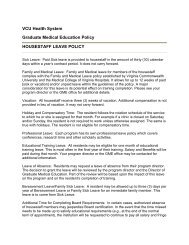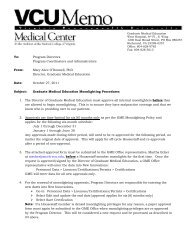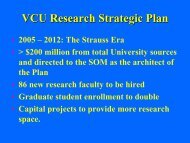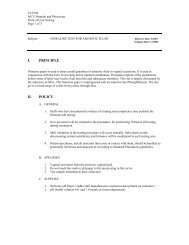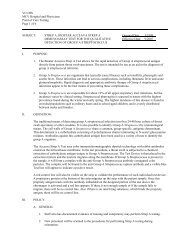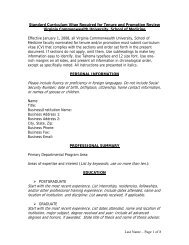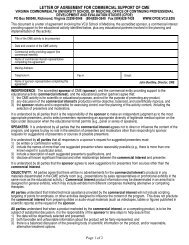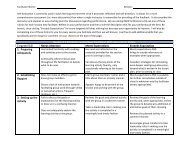Excellence Everywhere - National University of Ireland, Galway
Excellence Everywhere - National University of Ireland, Galway
Excellence Everywhere - National University of Ireland, Galway
- No tags were found...
Create successful ePaper yourself
Turn your PDF publications into a flip-book with our unique Google optimized e-Paper software.
Q u e s t i o nq&aIf I have experiments A, B, C, and D, is it reasonable to do detailed planning only for Afirst and deal with the others later?answerThat may be reasonable, but what if B is not entirely dependent on A, and you could have done some workfor B or any <strong>of</strong> the other experiments without waiting until A was done? Project management tools ands<strong>of</strong>tware can help you see where timelines may overlap, so that you can use your time most productively.Tracking the Workand the ResourcesComplex projects require a series <strong>of</strong> activities,some <strong>of</strong> which will need to be performed insequence and others that can, in theory, be doneat the same time. Project schedules outline theorder in which activities are to be performed,and include estimates <strong>of</strong> how long each activitywill take. For each step <strong>of</strong> the schedule, you willneed to assign the necessary resources, includingpeople, funds, equipment, supplies, facilities, andinformation. To effectively schedule your activitiesand resources, you will need to follow these steps:1. Identify activities and events (from the WBS).2. Identify constraints (from the statement <strong>of</strong> work).3. Determine the durations <strong>of</strong> different activities and,if more than one person will be involved, who willbe performing them.4. Decide on the order <strong>of</strong> performance.5. Develop an initial schedule.6. Revise your schedule as necessary.Tools for DevelopingSchedulesYou may have seen some <strong>of</strong> the schedules,timelines, flow charts, and other tools used inproject management before. Here are somepopular ones:n Key events schedule—a table showing eventsand target dates for reaching them. Remember,events are milestones signaling the completion <strong>of</strong>one or more activities.n Activities plan—a table showing activities andtheir planned start and end dates (see Appendix III,on page 95).n Gantt chart—a graph consisting <strong>of</strong> horizontalbars that depict the start date and duration <strong>of</strong> eachactivity (see Appendix IV, on page 96).n Program (or Project) Evaluation and ReviewTechnique (PERT) chart—a diagram in whichactivities are represented by lines and events onthe nodes (typically depicted as circles or bubbles).The acronym PERT, rather than the full name, isuniversally used.project management87



